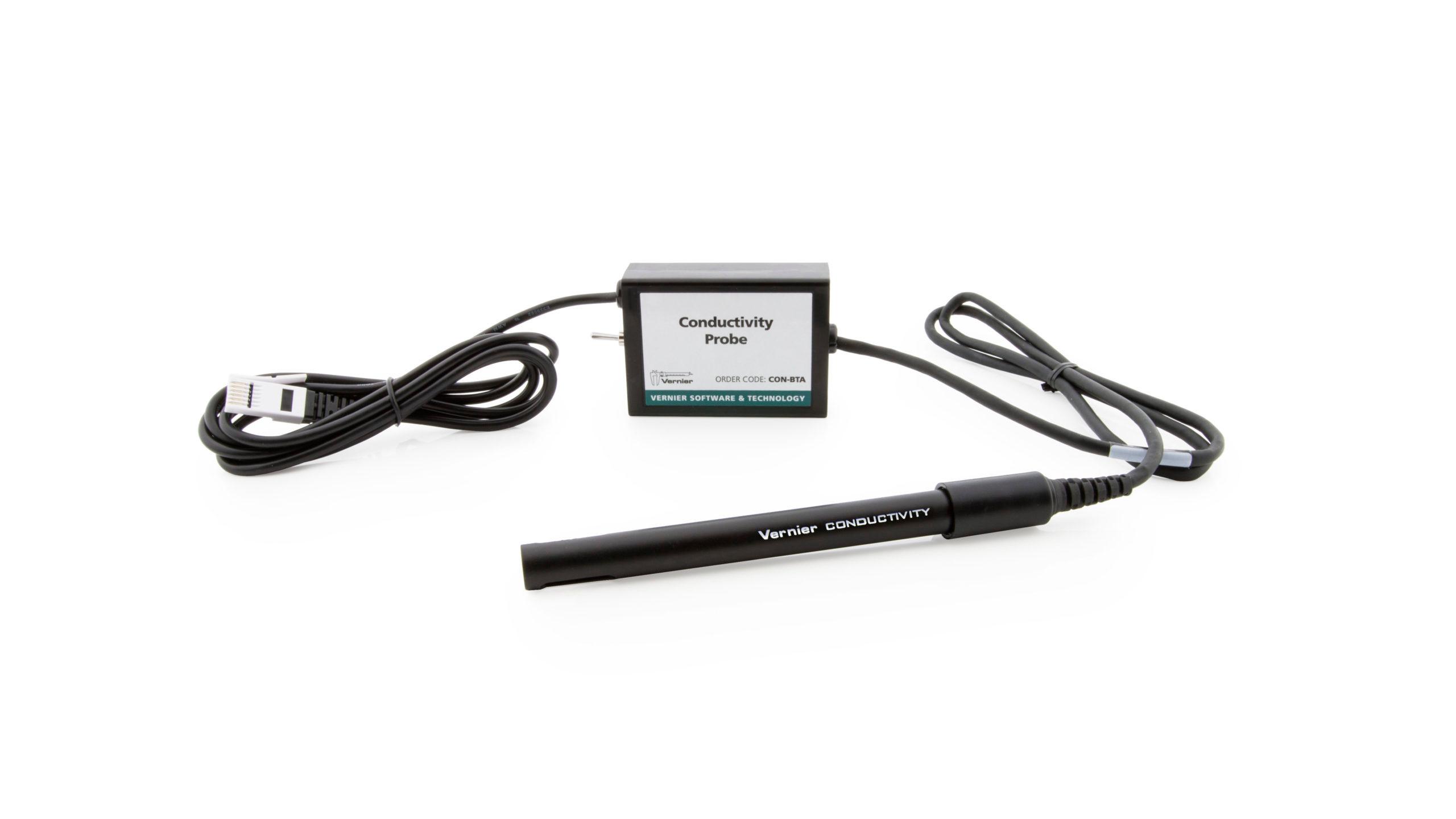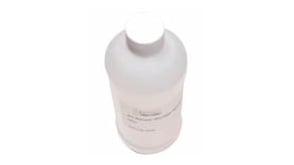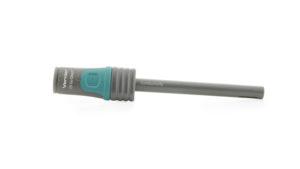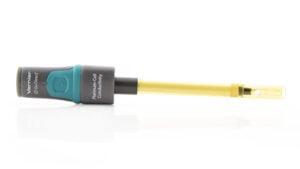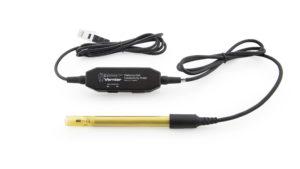Requirements
Choose a platform below to see its compatibility requirements.
LabQuest
| Interface | LabQuest App |
|---|
| LabQuest 3 | Full support |
|---|
| LabQuest 2 (discontinued) | Full support |
|---|
| LabQuest (discontinued) | Full support |
|---|
Computers
| Software |
|---|
| Interface | Graphical Analysis | Logger Pro | Logger Lite |
|---|
| LabQuest Mini | Full support | Full support | Full support |
|---|
| LabQuest 3 | Full support | Full support | Incompatible |
|---|
| LabQuest 2 (discontinued) | Full support | Full support | Full support |
|---|
| LabQuest Stream (discontinued) | Full support | Full support | Full support |
|---|
| Go!Link | Full support | Full support | Full support |
|---|
| LabQuest (discontinued) | Full support | Full support | Full support |
|---|
| LabPro (discontinued) | Incompatible | Full support | Full support |
|---|
Compatibility Notes
Chromebook
iOS
| Software |
|---|
| Interface | Graphical Analysis | Graphical Analysis GW |
|---|
| LabQuest Stream (discontinued) | Full support | Full support |
|---|
| LabQuest 3 | Full support | Full support |
|---|
| LabQuest 2 (discontinued) | Full support | Full support |
|---|
Compatibility Notes
Android
| Software |
|---|
| Interface | Graphical Analysis | Graphical Analysis GW |
|---|
| LabQuest Stream (discontinued) | Full support | Partial support |
|---|
| LabQuest 3 | Full support | Full support |
|---|
| LabQuest 2 (discontinued) | Full support | Full support |
|---|
Compatibility Notes
Arduino
LabVIEW
Texas Instruments
| Software |
|---|
| Interface | EasyData | DataMate | TI-84 SmartView | DataQuest | TI-Nspire Software |
|---|
| EasyLink | Full support | Incompatible | Full support | Full support | Full support |
|---|
| CBL 2 (discontinued) | Full support | Full support | Incompatible | Incompatible | Incompatible |
|---|
| LabPro (discontinued) | Full support | Full support | Incompatible | Incompatible | Incompatible |
|---|
| TI-Nspire Lab Cradle (discontinued) | Incompatible | Incompatible | Incompatible | Full support | Full support |
|---|
Compatibility Notes

